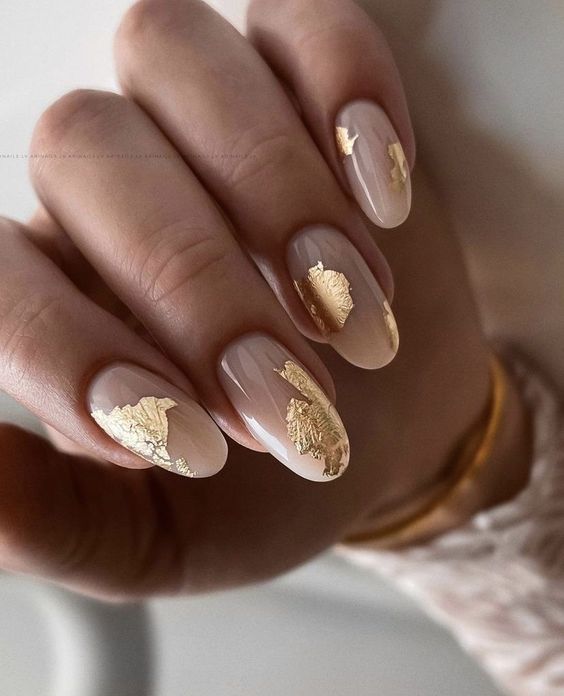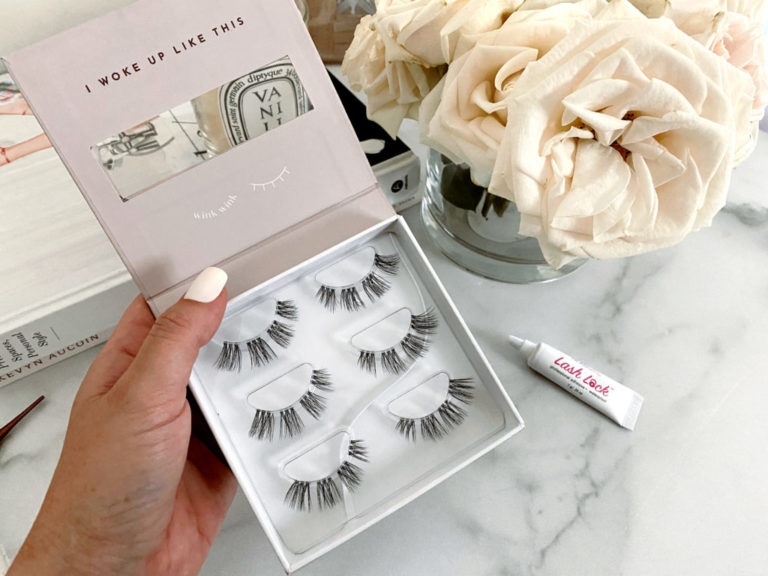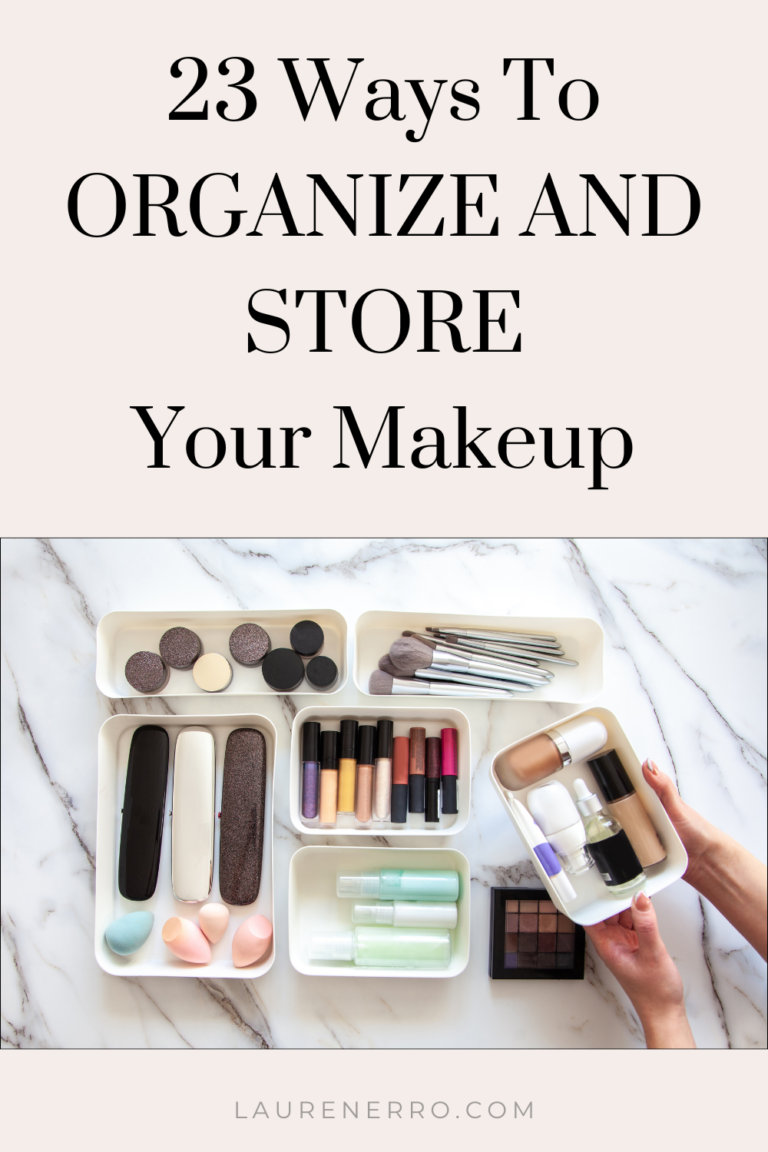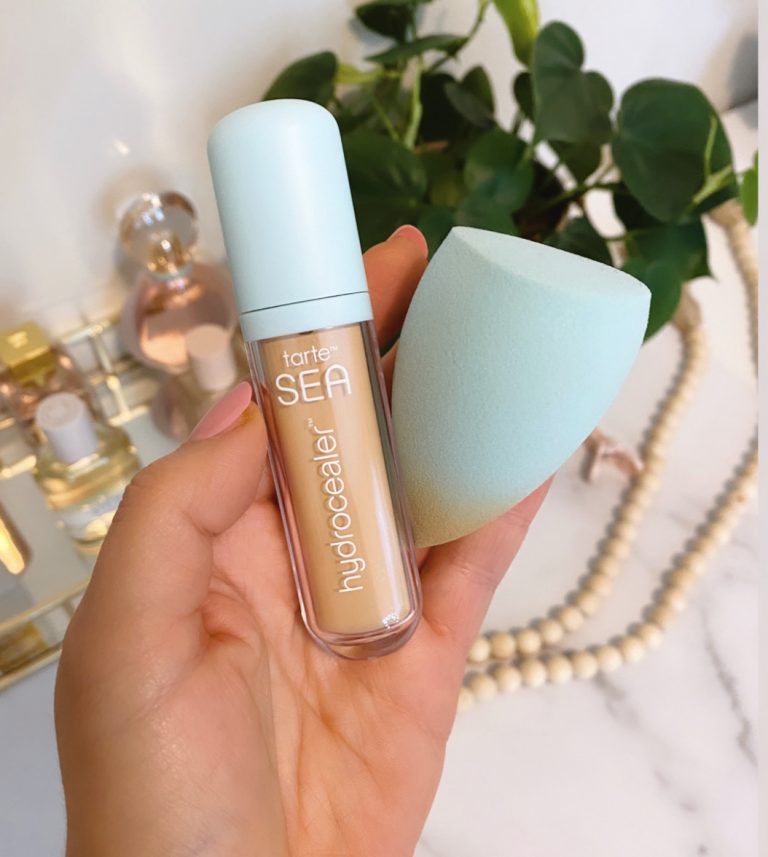How to Tell if Your Skincare Products Are Expired
We all love to hoard our favorite skincare and try new products all the time, right? Well, I’m here to break the news to you that you probably shouldn’t. Your skincare expires faster than you think. As much as it saddens me to write this, it’s time to toss those expired products. If you don’t get rid of them they might start to negatively impact your skin. In this post, I’ll explain everything you need to know about expired products- how to check expiration dates, what the shelf life is, what can happen if you don’t toss it, and share some tricks on how to keep your favorite products as long as possible.
The Shelf Life of Skin Care
The easiest way to find how long a product will keep is to look for an expiration date. Certain products are required by the FDA to have an expiration date on them, including sunscreens and acne treatments that contain active ingredients like benzoyl peroxide or salicylic acid.
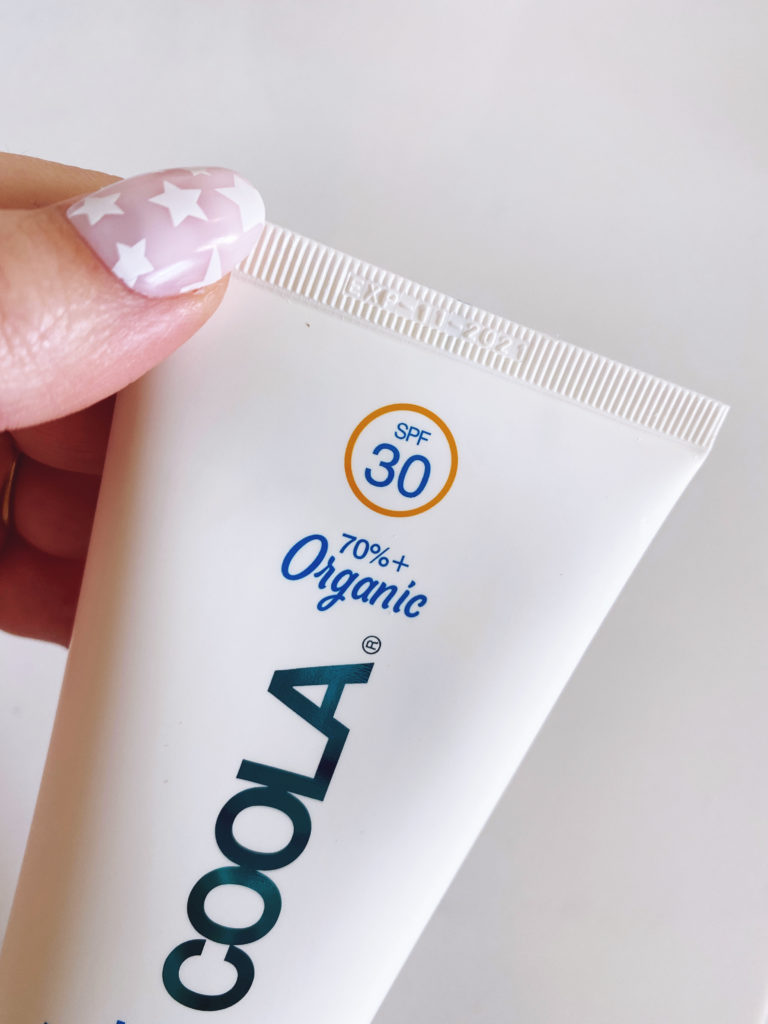
Unfortunately, it’s not that simple with most products. Many have a “shelf-life” number more than an actual expiration date.
For most skin and body care products, look on the container or packaging for a tiny image of an opened jar with a number on it: six, 12, 24, or 36. This refers to the number of months you can use a product after you’ve opened it.
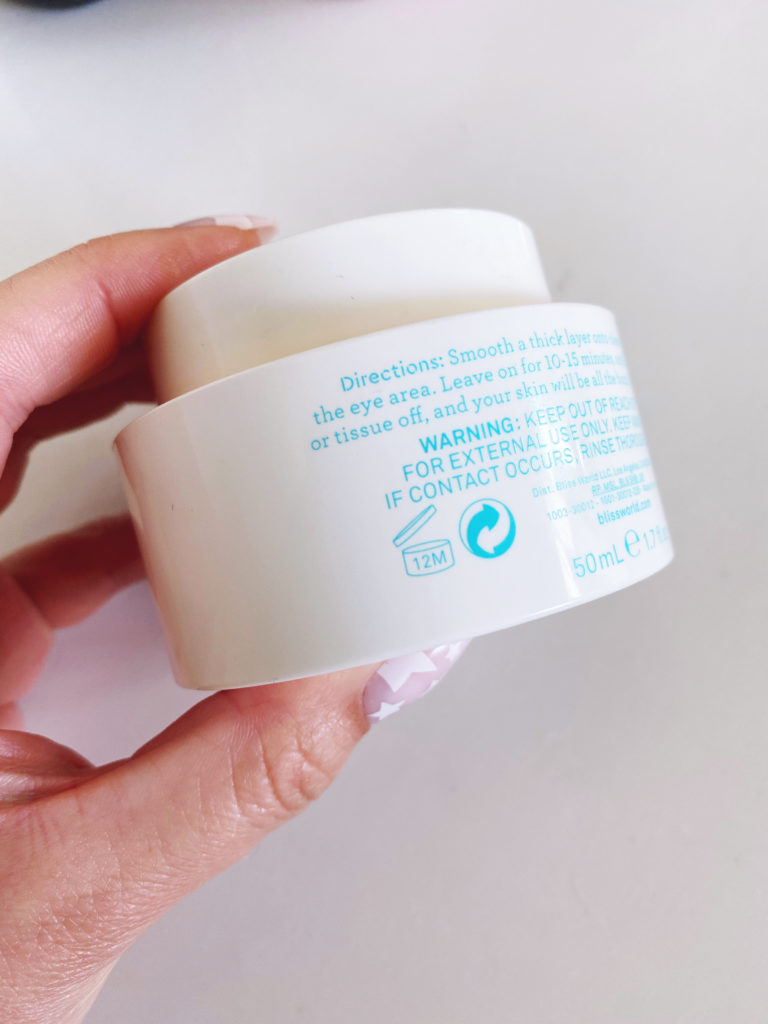
Any item that’s packaged as a single-use product—like an ampoule—needs to be tossed after the first use, even if there are leftovers. *I’m not a fan of ampoules. They’re usually way more expensive than just buying a regular bottle and they have more product in them than you’ll use in one sitting so you’re inclined to want to save it for later.
What if there is no Expiration date or Period After Opening date?
It is RARE to find a product without the expiration date or the jar label. If you aren’t sure, look up the brand’s website and you’ll likely find the Period After Opening (PAO) for the specific product.
Another great way to track products is by their batch #. This website is my favorite way to check a product that isn’t labeled. The website is very primitive but it works. You type in the brand and batch # code and it can usually tell you when it was manufactured and when it expires.
If you happen to have a product that isn’t labeled with an expiration date then it’s good to know that the item is required by the FDA to stay shelf-stable for up to three years if it’s unopened then 1 year after you open it.
How Can You Tell if a Product Has Expired?
Go through your skincare collection and smell each product. Also check the color and consistency. If any of your products seem different from when you first opened them, that’s a sign they need to go. Except for Vitamin C which is known to change colors or oxidize over time. That doesn’t necessarily mean it’s gone bad but this is a good time to use your best judgment—if you think it’s time to toss it, it probably is.
You’ll know it if you notice the following signs:
- It doesn’t smell the same or it has a bad or rotten smell
- The product has separated
- The texture has changed
- The color has changed
- There are mold spots
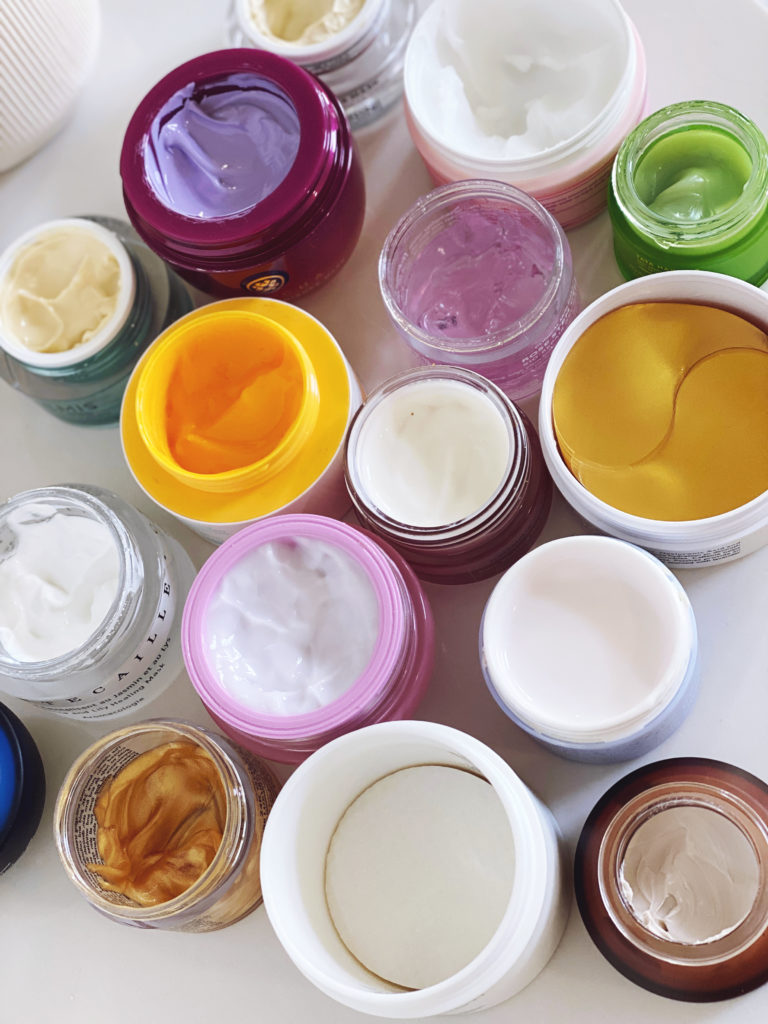
Why Expired Skincare Products Need to Go
By keeping products past their prime you really aren’t doing your skin goals any favors. And really, if that product is still hanging around after a year, that means you probably didn’t REALLY love it, right?
If you don’t finish your product within its PAO date, several things can happen:
First, bacteria can thrive, especially in a humid environment like your bathroom. If applied to the skin, this bacteria can cause irritation, rashes, or breakouts.
Your products won’t be as effective and can potentially cause more harm than good.
The active ingredients won’t be as active, or in the case of acids, they can actually become stronger and more irritating.
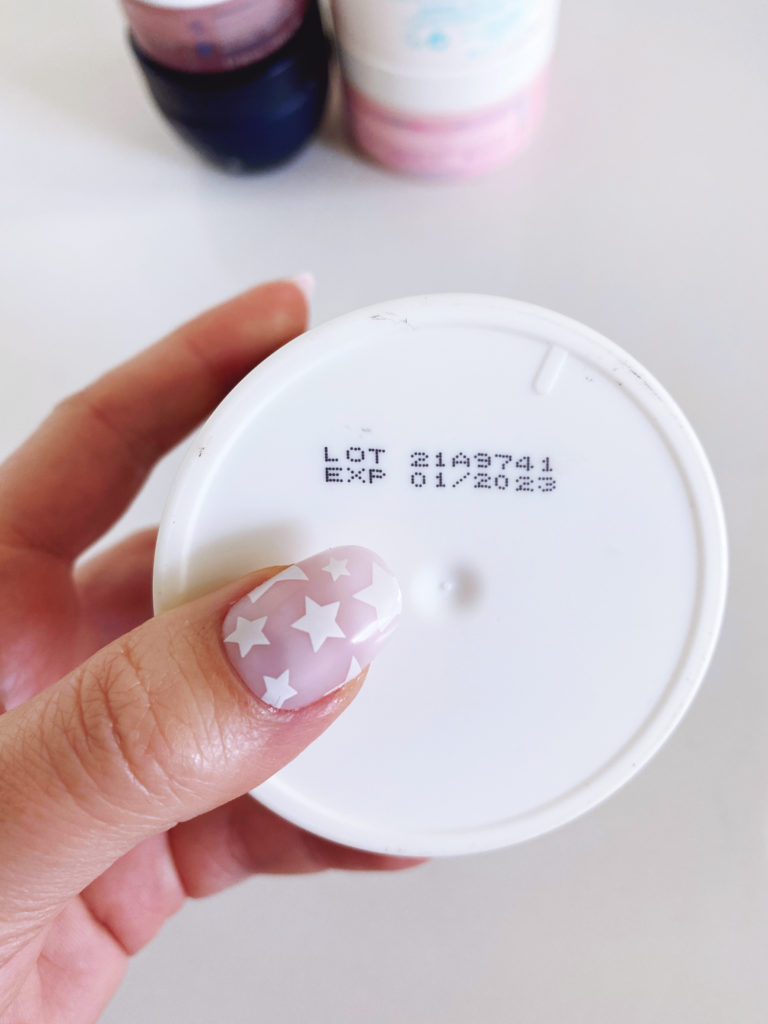
When in doubt, stick to this timeline for each product below:
SKINCARE
- Cleansers: 1 year
- Toners: 6 months to 1 year
- BHA or AHA Exfoliants: 1 year
- Facial or Body Moisturizers and Serums: 6 months to 1 year
- Lip Balms: 1 year
- Sample Packets/ ampoules: 1 day (no, really, one day)
The Dos & Don’ts of Skincare Expiration
My #1 tip is to keep a sharpie near where you apply your products. Every time you open a new product write the date on the bottle. This makes it super easy to track.
DO:
- DO wash your hands before using products (this is a must before applying anything to your face)
- DO store products in a cabinet or drawer away from sunlight & humidity from the shower
- DO try to buy products with airtight containers
- DO tighten/secure the cap after each use
- DO toss out eye products after you’ve had an eye infection (If it touched your eye)
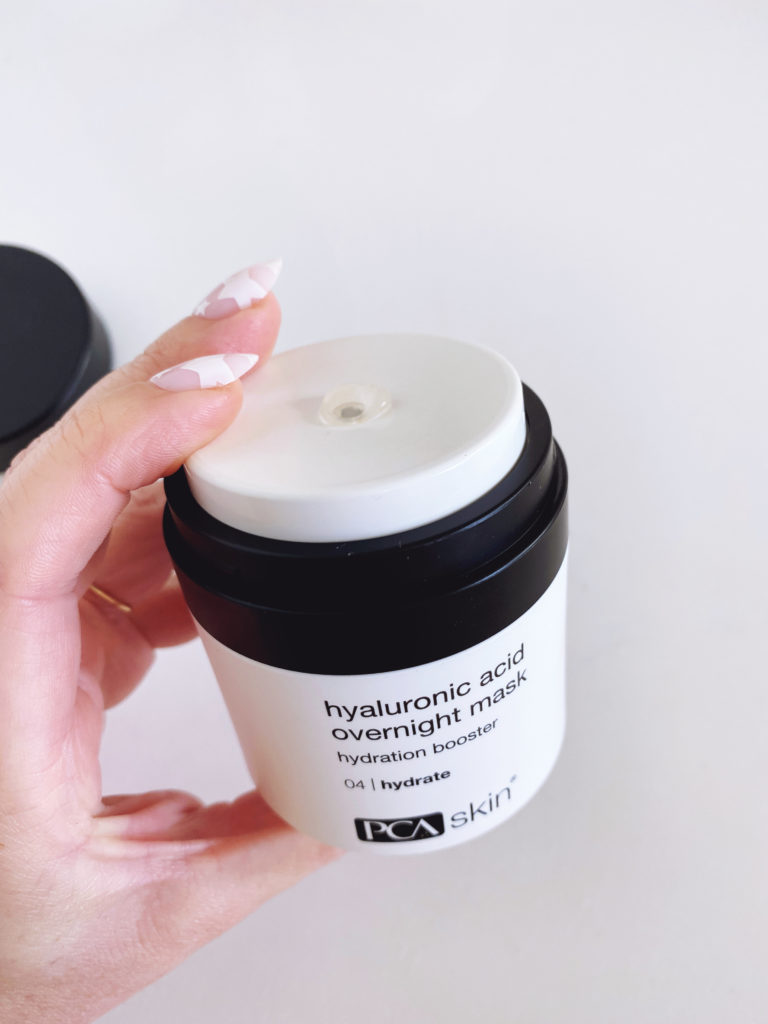
DON’T
- DON’T buy products packaged in jars of any kind. This is obviously easier said than done but jar packaging carries a 100% risk of bacterial contamination due to the fact you are sticking fingers or other objects into them.
- DON’T store your products in the refrigerator. Skincare formulas are designed to withstand the average fluctuations in temperature, but not long-term heat or cold storage—that means keeping your products in your fridge reduces their lifespan and stability
- DON’T store products in direct sunlight (for example, don’t keep them on a sunny windowsill) or in your car
- DON’T share your products with others
- DON’T add water to thin out or remoisten products
- DON’T forget to clean the cap or lid if you drop it on the floor. Use soap and water or rubbing alcohol and dry thoroughly before replacing.
Now go clean out your skincare!
Here are more skincare tips from me!
xx,
Lauren
Do you follow me on Amazon? I post all of my favorites on there & update them regularly! Check it out HERE!

